Wine production is closely linked to seasonality. From grape cuttings to their growth and harvesting, and then the entire process of wine production, bottling and distribution. What does spring look like in the wine sector? What happens at this time for manufacturers?
In spring, the vineyard comes to life. Already during the anticipation, work begins with the vine bushes. They need to be properly pruned so that you can enjoy a good harvest later. In the spring, you can also plant new vine bushes.
It is at this time of year that winemakers often face frosts that can destroy large areas of crops. When the weather forecast is unfavorable, owners and employees of vineyards should be alert and act quickly in the event of frost, as the buds should not freeze. There are also ways to do this. One of them is, for example, lighting pre-prepared bonfires in order to intentionally smoke the vineyard.
In spring, the first wines of the previous harvest are also bottled.
Artisan wineries or large companies-who owns the future of the market?
I think there's room for everyone. Both of them find their customers, and this is unlikely to change in the future.
An increasingly relevant topic in the FMCG industry is climate protection and sustainability. How do liquor manufacturers and distributors respond to these consumer expectations?
Some manufacturers are ahead of this trend. A great example of this is the Chilean winery Cono Sur, which has been developing a philosophy of sustainability for many years. The principles of using clean energy and reducing environmental impact have always been the core principles of Cono Sur's philosophy. In order to reduce greenhouse gas emissions and energy costs, the winery has begun evaluating the technical requirements and feasibility study for a solar panel installation project on its property. During the implementation of the project, the owners saw that the geographical needs in the temperature range and solar radiation in the vineyards contribute to the use of solar energy for electricity production. Following this example, since 2017, Cono Sur has been systematically installing solar panels. To date, five photovoltaic installations have been built, located in El Encanto (Aconcagua), Campo Lindo (Leida), La Espuela (Maule), Las Lomas and Santa Elisa (Colchagua). Thanks to the introduction of solar panels, 83% of Cono Sur vineyards receive energy from renewable sources. Cono Sur determines the frequency and duration of watering periods for its vineyards by applying the right amount of water at the exact moment it is needed.
Moreover, all Cono Sur vineyards are equipped with drip irrigation systems, widely recognized and approved in agriculture as one of the most efficient irrigation systems. In some properties, their implementation is based on water stored in artificial lagoons for subsequent distribution using an automated irrigation system. A positive side effect is the specific ecosystem generated by artificial reservoirs, which contributes to biodiversity and allows the sharing of this resource between vineyards and local fauna and flora.
Cono Sur Winery also participates in the Science Based Target (SBT)initiativewhich states that goals based on the current state of scientific knowledge provide a well-defined pathway for companies to reduce greenhouse gas emissions. This helps prevent the worst impacts of climate change and protect future development. The goal is to achieve zero emissions by 2050 in accordance with the SBT criteria (maximum 1.5°C).
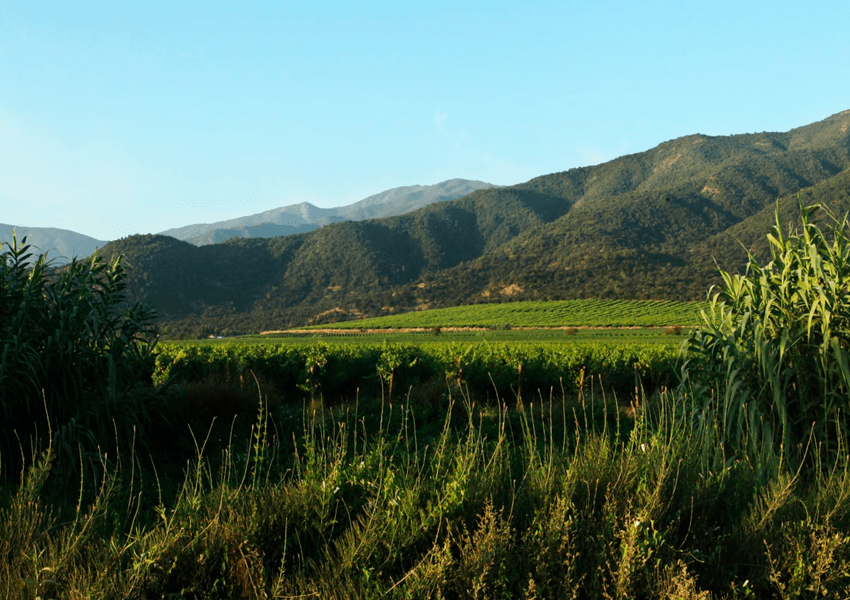
source: conosur.pl
In the category of alcoholic beverages, non-alcoholic beverages have been increasingly popular for several years. How do you rate the offer of non-alcoholic wines in Poland?
Yes, it's true, soft drinks are becoming more popular. The range of non-alcoholic wines is expanding more and more, and I notice more and more of these products on store shelves. I think that manufacturers and importers have not yet said the last word on this topic.
We associate spring with light wine offerings. Which ones are best suited for this season?
When I think of wine in the spring, I always have the first association with sparkling wine. Prosecco and, less appreciated by our compatriots, Spanish Cava are perfect here. This is also a good time to remember the taste of rose wines, which taste great in warm weather. White wines are an obvious choice in spring. I tend towards these less common strains, such as Viognier, Riesling. I especially recommend the French wine of rebellious nature Le Grand Noir Viognier and the brand that values living in harmony with nature Cono Sur Bicicleta Reserva Riesling.
The sun and warmer days make it easier to spend time with family and friends outside, and in such situations, wines are great for screwing. Do not forget to take a corkscrew.
Which wines do you like best? Do you choose based on your background, taste, or something else that is crucial to you?
There is no single answer to this question, because it depends: on the time of year; on where I am; on the time of day ... I could take so long to list. One thing is for sure-I will never give up sparkling wine of traditional production, good Pinot Noir and Riesling.
Dorota Wisla, Key Account Manager TiM S.A.
Graduate studies: Jagiellonian University-Oenology and Collegium Civitas-wine knowledge. Sommelier theory and practice member of the Association of Polish Sommeliers. She has been associated with TiM s. a. since 2006. He currently works as a key account manager. A lover of wine expeditions-those who are close, and those who are a little further away. In his spare time, he doesn't despise good literature and movies.
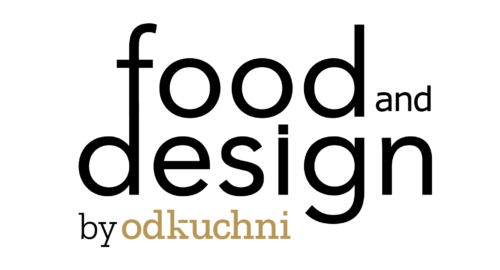

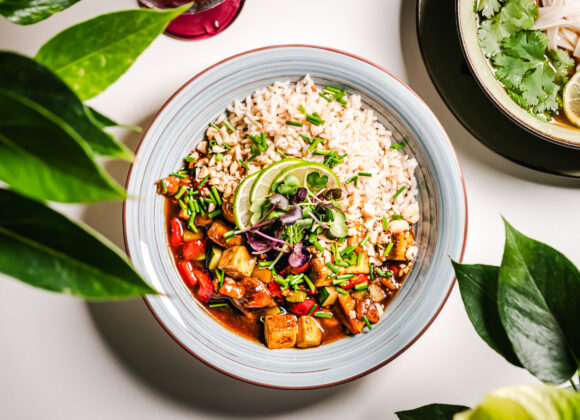
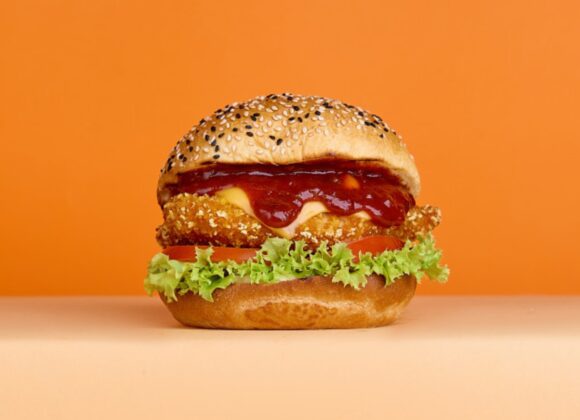
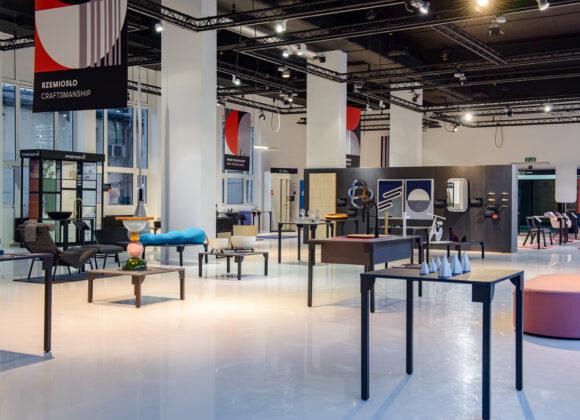
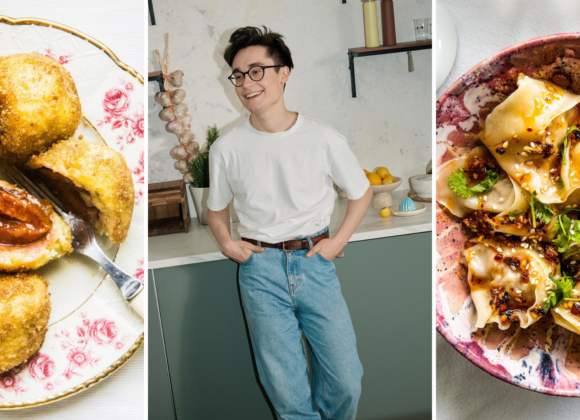
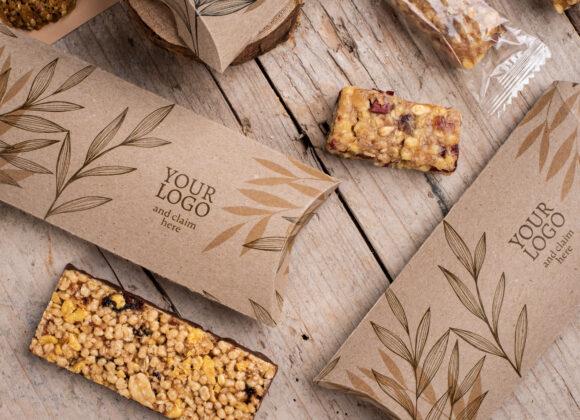
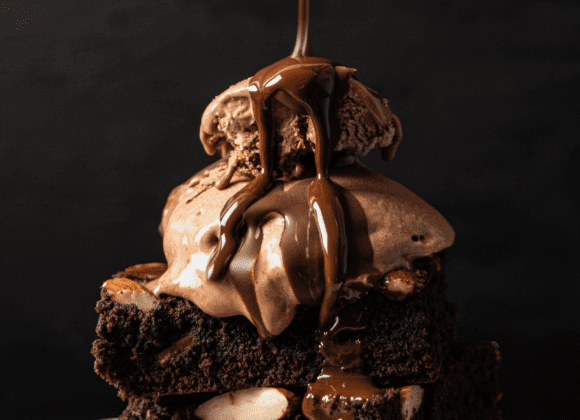


 Junior specialist in Marketing Communications and PR.
Junior specialist in Marketing Communications and PR.


 He is a graduate of the University of Warsaw and the Main School of Agriculture. We have been in the HoReCa industry for more than 10 years. For many years, he has been associated with the Trip group, Sobienie Royal Golf and Country Club, and the Florentin Restaurant in Warsaw.
He is a graduate of the University of Warsaw and the Main School of Agriculture. We have been in the HoReCa industry for more than 10 years. For many years, he has been associated with the Trip group, Sobienie Royal Golf and Country Club, and the Florentin Restaurant in Warsaw. She graduated from the Faculty of Architecture of the Warsaw Technical University with a degree in Architecture for the Knowledge Society and Visual Communications at the Polytechnic University of Milan. A specialist in creating a mood. She has gained experience at home and abroad at numerous international seminars (Seville, Lisbon, Florence), fellowships at La Sapienza (Rome), etc. m.in. in Carmi e Ubertis and ADM Milano.
She graduated from the Faculty of Architecture of the Warsaw Technical University with a degree in Architecture for the Knowledge Society and Visual Communications at the Polytechnic University of Milan. A specialist in creating a mood. She has gained experience at home and abroad at numerous international seminars (Seville, Lisbon, Florence), fellowships at La Sapienza (Rome), etc. m.in. in Carmi e Ubertis and ADM Milano.








 A manager with many years of experience in the cosmetics, food, and children's industries. During his career, he was associated with such companies as: L'Oreal, Samsung, Danone-Nutricia, Unilever. During his professional life, he was responsible, among other things, for the development of e-commerce sales and content in Poland and the countries of Central and Eastern Europe.
A manager with many years of experience in the cosmetics, food, and children's industries. During his career, he was associated with such companies as: L'Oreal, Samsung, Danone-Nutricia, Unilever. During his professional life, he was responsible, among other things, for the development of e-commerce sales and content in Poland and the countries of Central and Eastern Europe. 

























































